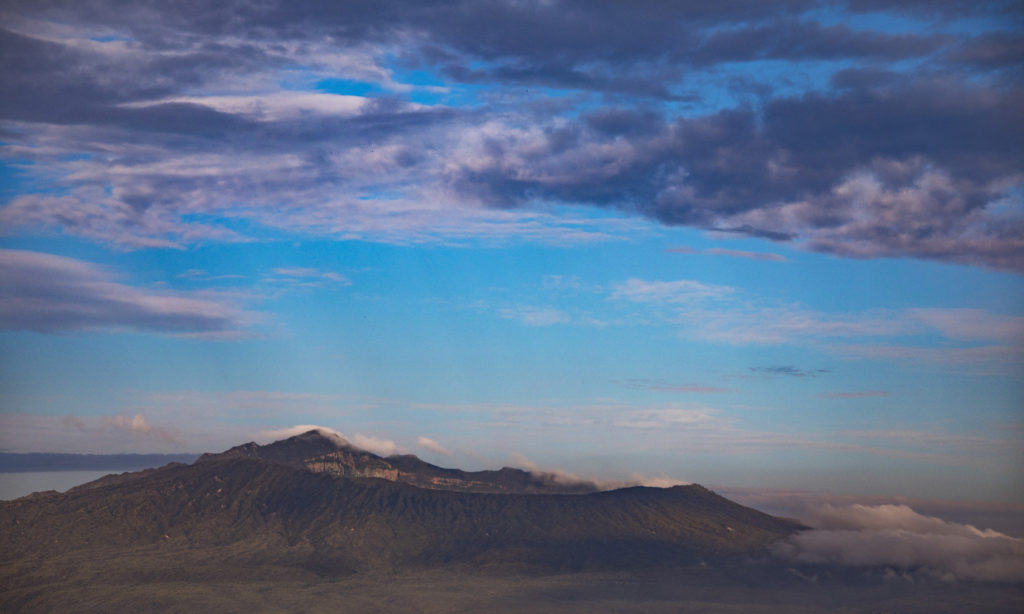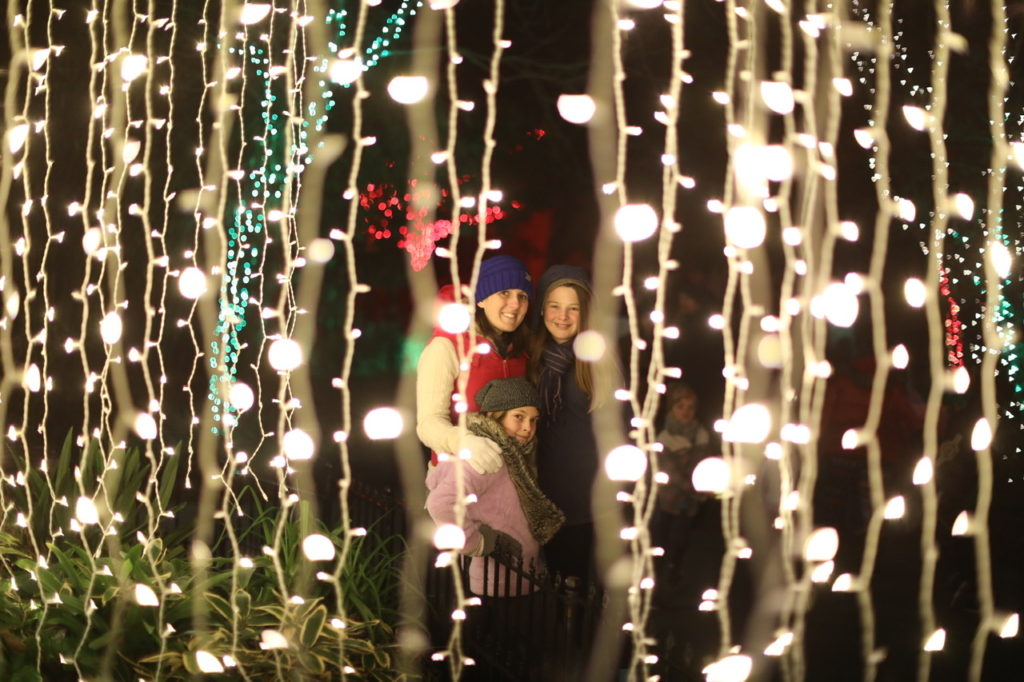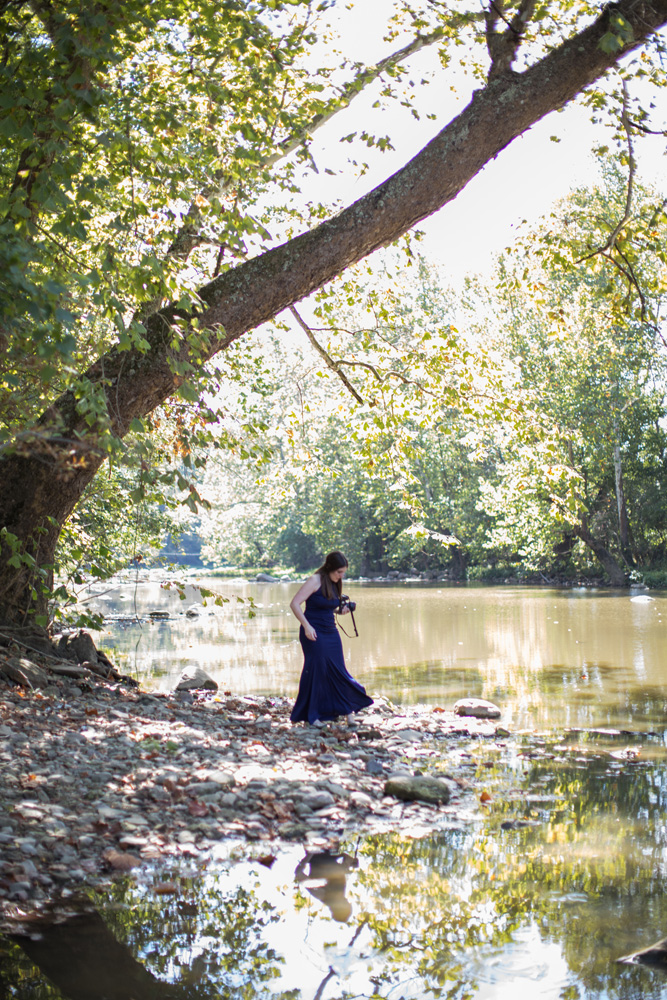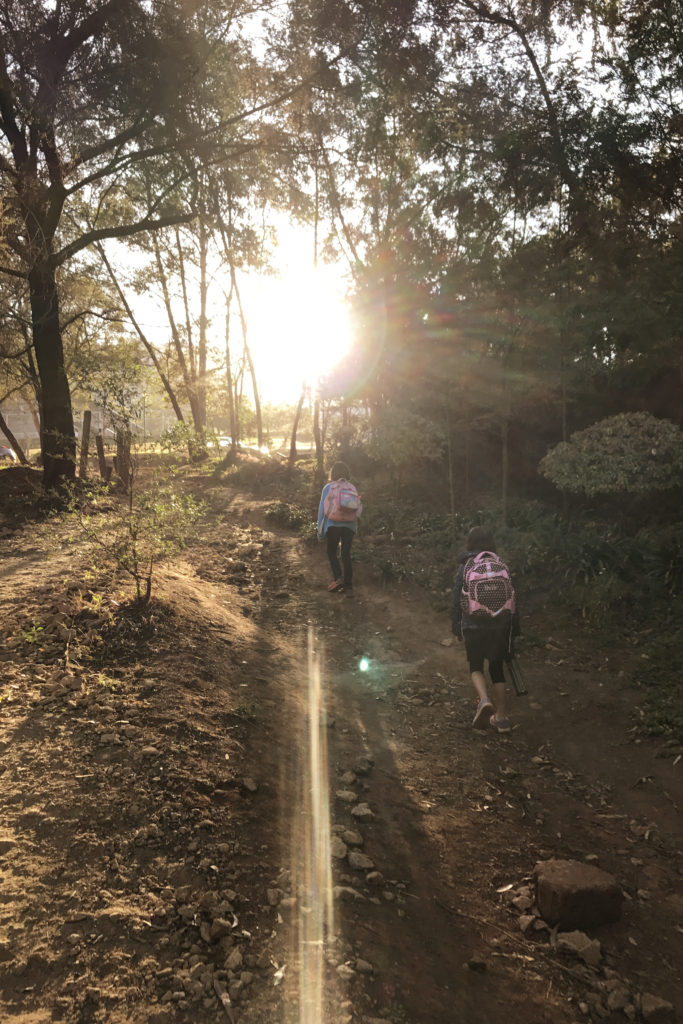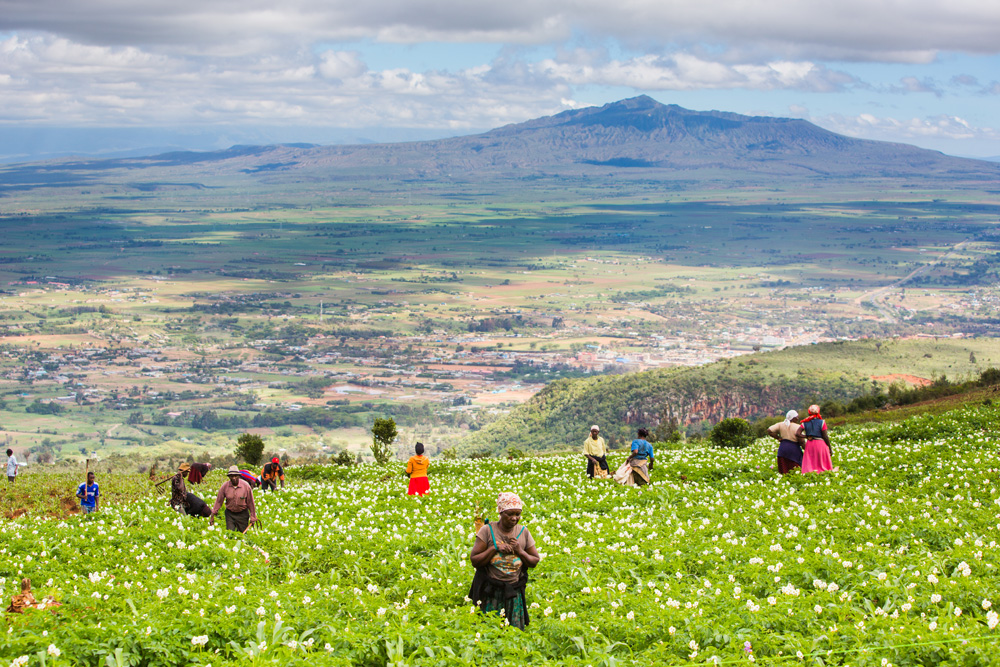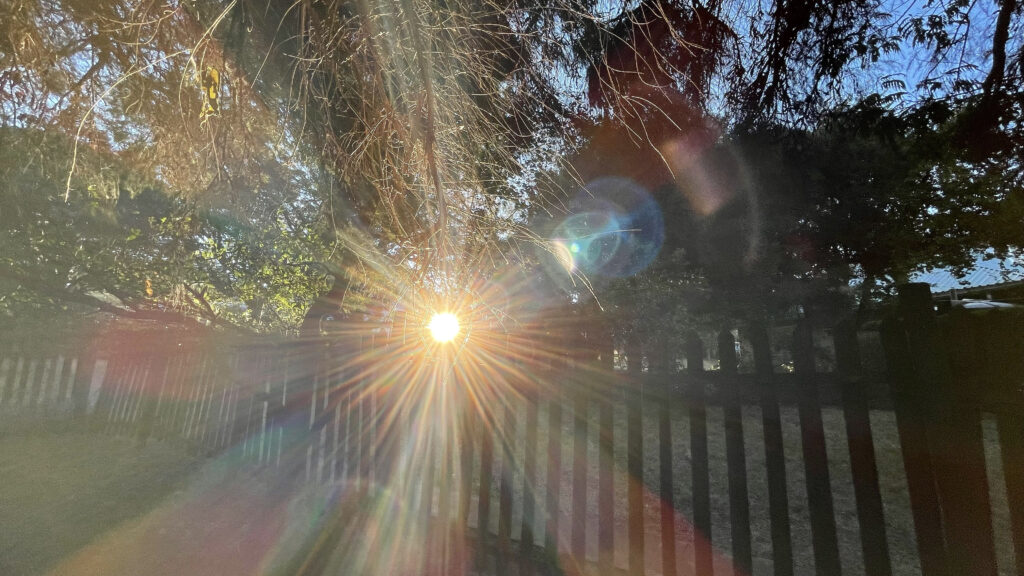
on seasons, or lack thereof. . .
At first, one of the hardest things to get used to for me in Kenya was the lack of seasonal changes.
As a North Carolina girl, I grew up used to the reality of progressive temperate seasons -with a blue ridge parkway full of majestic color, a few magical days of snow, tulips and forsythia by March, and summer days at the pool in the morning progressing to backyard adventures and evening firefly hunts. . .
The days also would shrink and lengthen with a predictability – from the summer solstice this week to the days of winter where the sun would set as our sports practices ended we left school.
Kijabe is only miles from the equator and at the elevation of Denver, CO, so we mostly have eternal spring and rainy season. The coming and going used to be predictable, but in recent years the rain can surprise us a month early or 2 months too late . The sun sets at the same time every night, and rises at the same time every morning. Even the girls’ school is on a year round schedule, so they have breaks in December and April and July.
Instead of a shifting rhythm, marking the progression of the year, I feel as if I am living in a time capsule where flowers are always blooming outside my windows and I can’t rely on my eyes or the temperature to know the month or the time.
A new missionary was commenting on this last week and I found myself recounting how I have made rhythms in their absence – I know the jacaranda’s always bloom brilliant purple in October, the jasmine comes in August and we pile up fire wood in our shed for the inevitable coolness and fog of July. There are white butterflies most years before the rains come, and pounding evening showers to replace the howling winds of the dry season. I decorate more than I ever did in the US to mark Easter and Thanksgiving and Christmas, and I still drink pumpkins spice and make pumpkin bread only in October and November. I know our repeat visitors from the midwest tend to show up in January and February, and seasons are marked by tradition and flowers rather than weather. . .
These are my girls’ rhythms – of fires in July and sunsets at 6:15, of purple trees and year round flowers, of pounding rain and constant wind. As they go to college, they will learn to appreciate new ones in reverse – their first real, remembered snow, the first day they gasp at the beauty of a brilliant orange tree, and the slow thaw of a colorful spring.
And they will likely miss the rhythms here the way I miss the rhythms there – as thrown off by the shifting light and temperature as I am by its constancy.
Today, as everyone in America goes to the pool on the longest days of the year, I am wearing flannel and fuzzy socks and writing this in front of a fire (it’s 55 degrees outside and we don’t have indoor heating), grateful for the gentle rhythms of whatever place is home. . .




